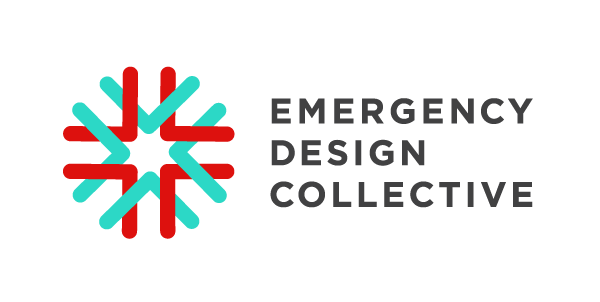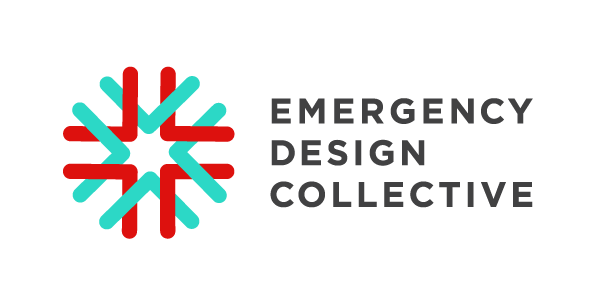Notes from the Field: Low-Density Communities and the Covid-19 Pandemic
PROJECT: Educating and motivating non-hot spots
PROJECT LEAD: Eric Lam
PROJECT CONTRIBUTORS: Ana Bel Campos, Lele Phi, Bernice Wong, May Chek
AUTHOR: Jessica Killingley
Objective: Establish and facilitate effective Covid-19 preparation and mitigation strategies tailored to the unique needs of low-density communities.
A Tale of Two Americas?
At the best of times, when it comes to healthcare in general, Americans who live in low-density communities lack equitable access to almost everything. During the worst of times, such as in facing the novel coronavirus pandemic, their plight is exacerbated. The people in these communities tend to be older and less healthy, lack access to broadband (for access to telehealth and other options), are more vulnerable to misinformation and disinformation, have fewer healthcare providers, experience higher poverty rates, lower insurance coverage rates, and are more likely to work in jobs that do not allow for working at home.
Are these disadvantages a reflection of population density? If so, what are the implications for developing protection and mitigation strategies for pandemics such as Covid-19?
Definition: For the purposes of this project, we are using the figure of 88.4 people per square mile, the overall density figure from the U.S. 2010 Census, as a reference point (see map of Population Density by County above). Therefore, population densities below 88.4 people per square mile will be considered low-density.
We recognize the devastation in particularly hard-hit areas such as NYC and New Orleans as well as other cities across the globe. At the same time, we empathize with residents of low-density communities whose current personal concerns may be different from those of residents of urban areas with a high death rate, because they do not see themselves as being at high risk for infection.
Originally our team was formed to answer the question: “Given the risks of Covid-19 infection, how might we educate and motivate non-hot spots to protect and prepare themselves for this pandemic?”
After initial research the team found:
What is a non-hot spot today could be a hot spot tomorrow.
Any products the group designed could take to too long to reach people [but why?].
If the conditions where you live do not match what you are being told or are seeing in the media, the result will be some form of cognitive dissonance.
Empathy must be at the forefront of the project.
We must acknowledge that people across the U.S. – and the globe – are understandably greatly concerned about meeting their basic needs, including employment.
Multiple solutions are needed. There is no single answer.
Physical distancing is already the baseline for some communities. In an interconnected world, low-density communities are still at risk for infection, but perhaps there are ways low-density communities can protect their physical health while supporting their own unique identities and needs.
Challenges & Constraints
We recognize there are competing priorities during this pandemic and that people are suffering in many ways – physically, emotionally, and financially.
We can understand why some may value the need to earn a living as being important than the risk of infection.
We want to learn more about how to tailor messaging to low-density communities. As residents of high-density communities, group members acknowledge their limited understanding of low-density communities.
Potential Impact
Low-density populations are potentially at a greater risk of poor outcomes from Covid-19 due to a relatively high proportion of those populations being over 65 and experiencing chronic diseases. Additionally, these populations typically reside farther from hospitals which may not have the capacity the care for a surplus of high-acuity patients.
Call to Action
Do you live in a low-density community or know people who do?
Have you heard of any unique community-focused solutions?
Do you have any potential solutions for this project?
In the near future, the team will interview people with substantial connections to low-density populations to gain a deeper understanding of the unique challenges those communities face. As a human design-centered collective, we want to find solutions that recognize the unique needs of all people and communities and allow them to feel heard.




